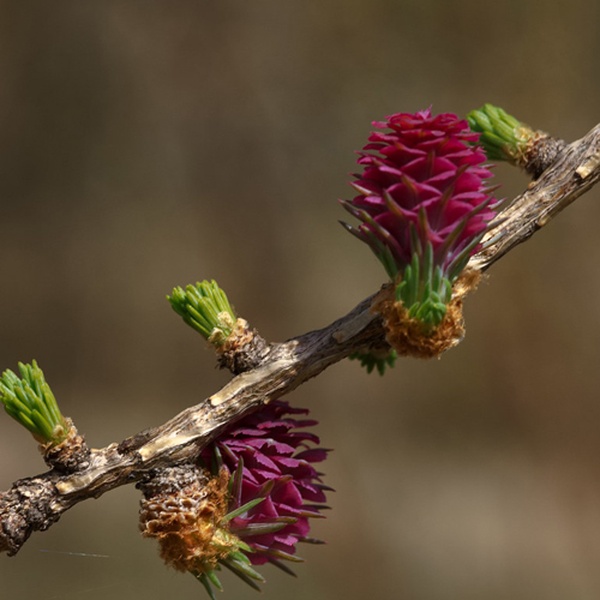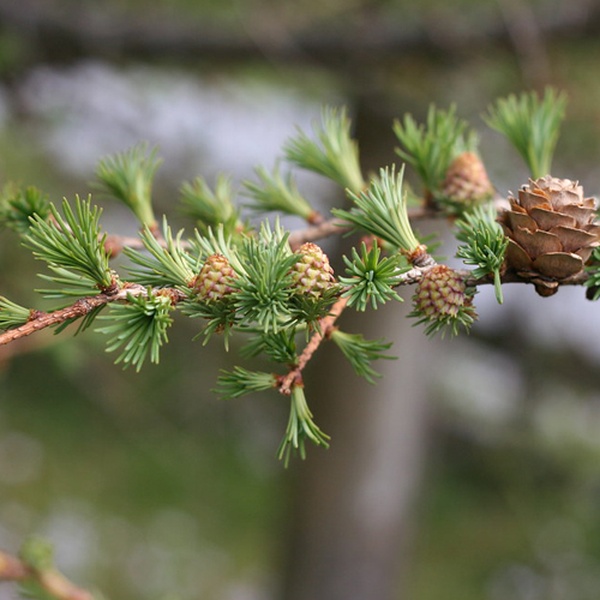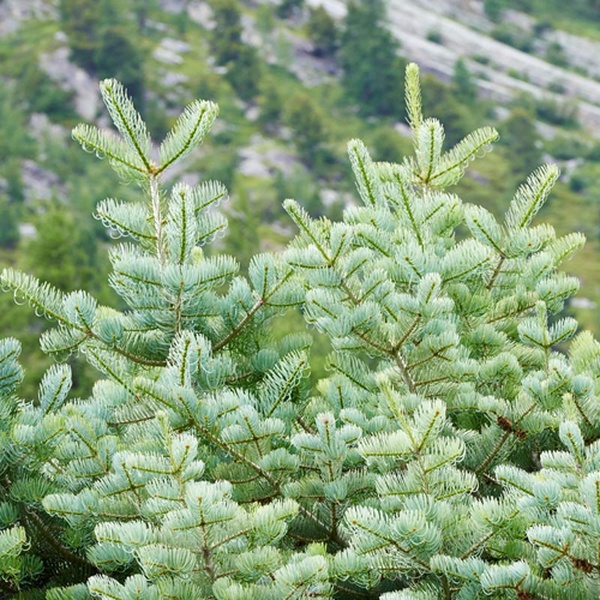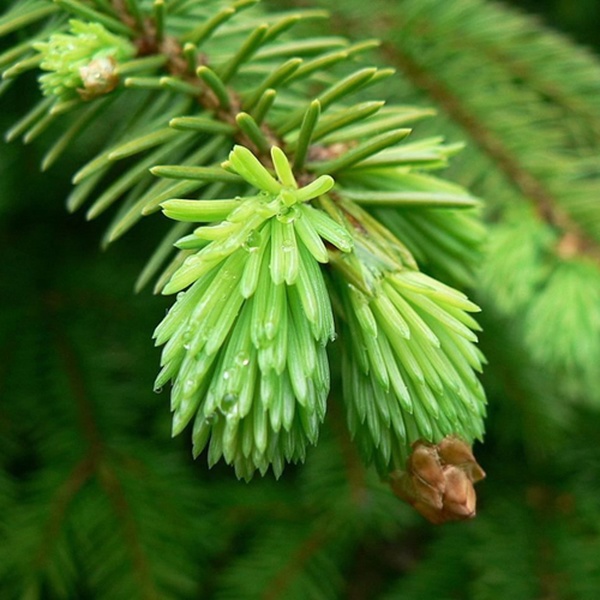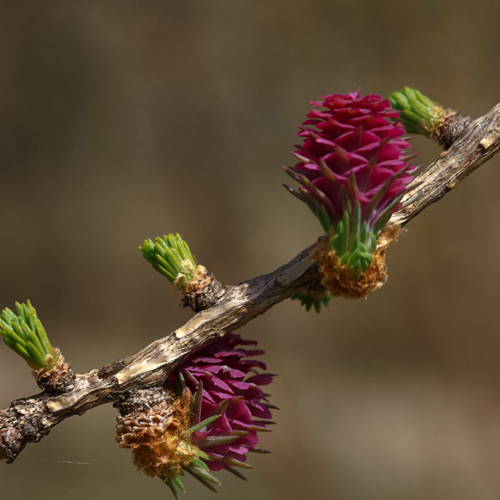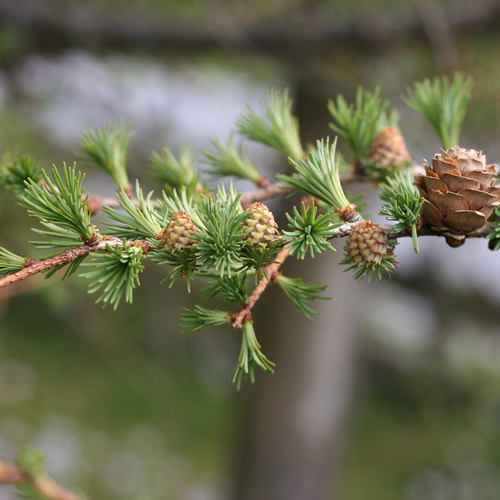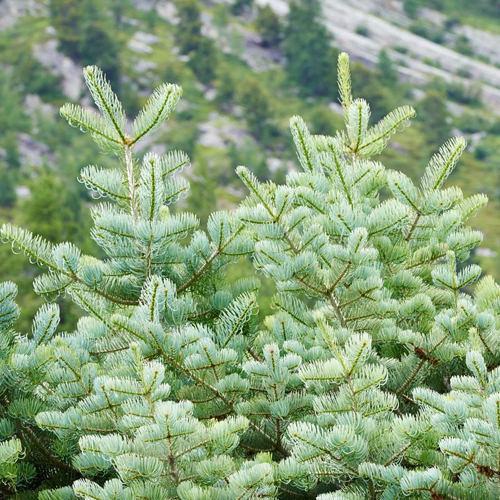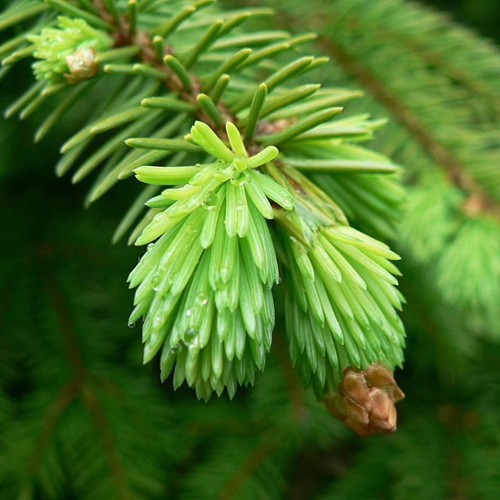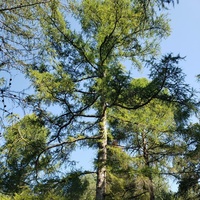
Classification:
Classe: Pinopsida
Ordine: Pinales
Famiglia: Pinaceae
Genere: Larix
Specie: Larix decidua
Where can you find me?
Where can you find me?
Parco naturale Gran Bosco di Salbertrand
Parco naturale Orsiera Rocciavrè
Parco naturale Val Troncea
ZSC Bardonecchia Val Fredda
ZSC Champlas Colle del Sestriere
ZSC Cima Fournier e Lago Nero
ZSC Col Basset
ZSC Gran Bosco di Salbertrand
ZSC Les Arnauds Punta Quattro Sorelle
ZSC Pendici del Monte Chaberton
ZSC Rocciamelone
ZSC Valle della Ripa
ZSC Valle Thuras
ZSC – ZPS Orsiera Rocciavrè
ZSC – ZPS Val Troncea
Classification:
Classe: Pinopsida
Ordine: Pinales
Famiglia: Pinaceae
Genere: Larix
Specie: Larix decidua
Larch woods (Larix decidua) are widespread especially in Val Chisone and Val Susa, while in Val Sangone you can find some isolated specimens.
Compared to other mountain conifers with robust branches, dense and persistent foliage, the Larch, with its thin and long branches, its soft and deciduous needles, would seem unsuitable for growing in the severe Alpine climate. In reality it is a very rustic plant , capable of withstanding harsh climatic conditions and developing on poor and poorly developed soils without fearing the most intense sunlight.
Contrary to all the conifers of our climates, the Larch loses its leaves in autumn.
This allows it to reduce the loss of water through leaf transpiration, which could hardly be compensated by that present in the soil because it is frozen.
These characteristics make it a pioneer plant, capable of paving the way for more demanding forest formations.
The Lariceto generally develops around 2000 meters above sea level; the notable diffusion of larch groves even at lower altitudes depends above all on the work of man.
Sometimes the descents of the Larice up to 1000 meters above sea level can originate from natural causes: this is what happens in the side valleys of Val Susa, narrow and with exposure to the North, where the microclimate is particularly cold.
At lower altitudes, the larch forest can be interspersed with red firs (Picea abies) and sometimes silver firs (Abies alba). In this case it is possible to assume an evolutionary tendency towards the Pecceta or the Abetina.
You might also be interested in...
- emoji_nature Alpine bells
- emoji_nature Genepì
- emoji_nature Wild narcissus
- emoji_nature Swiss pine
- emoji_nature Scarpetta di Venere
- campaign Accidental Poisoning by Toxic Plants in Pets: A Project to Diagnose and Manage Them
- campaign Poisonous plant species and grazing animals
- campaign Parcopedia: the site updated with new entries
- book Avigliana Lakes Natural Park
- book Orsiera Rocciavrè natural park

 Flora
Flora
